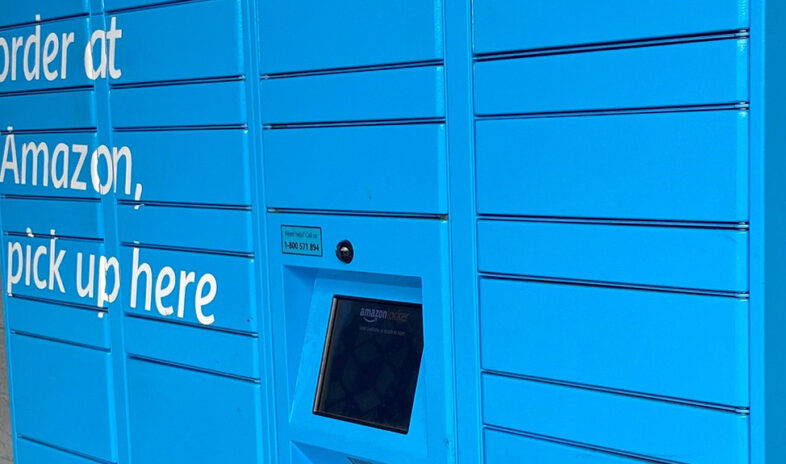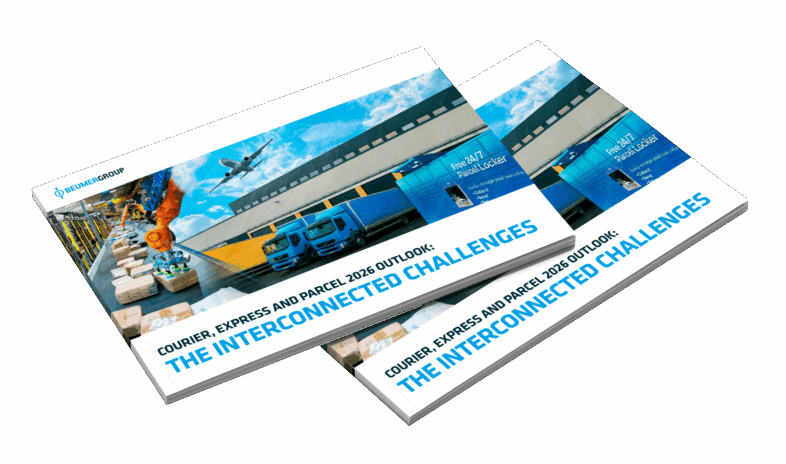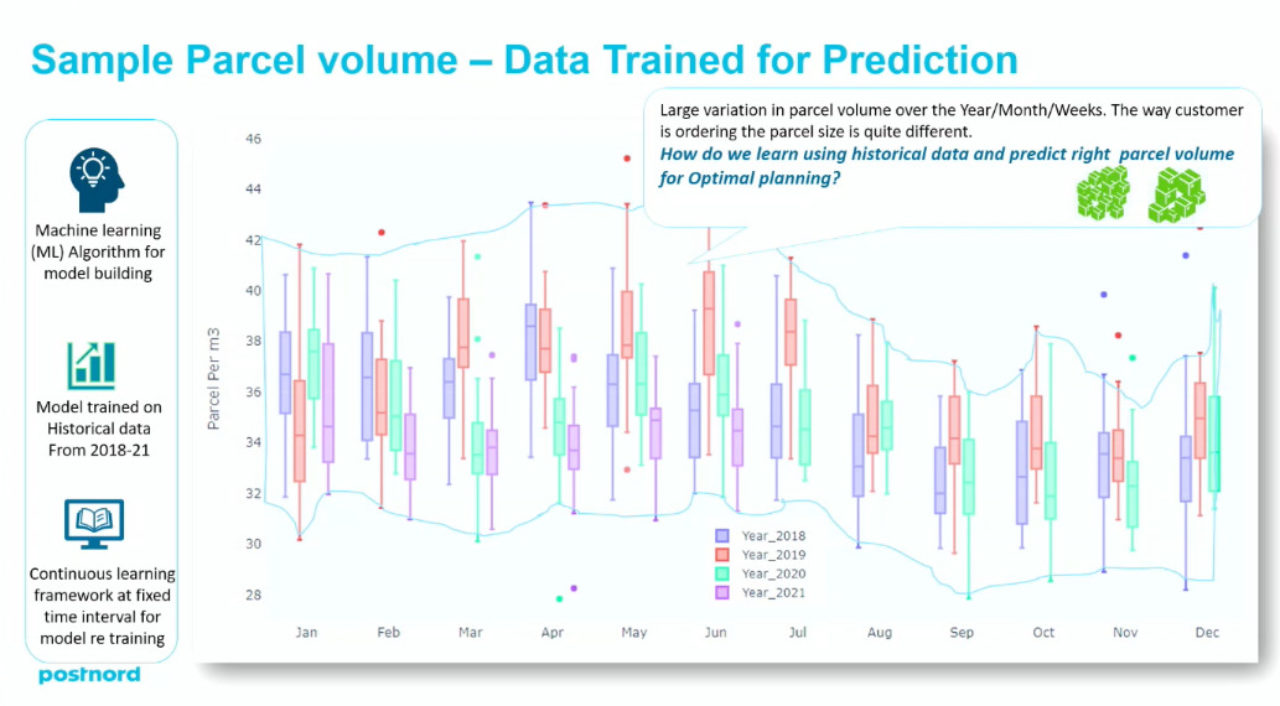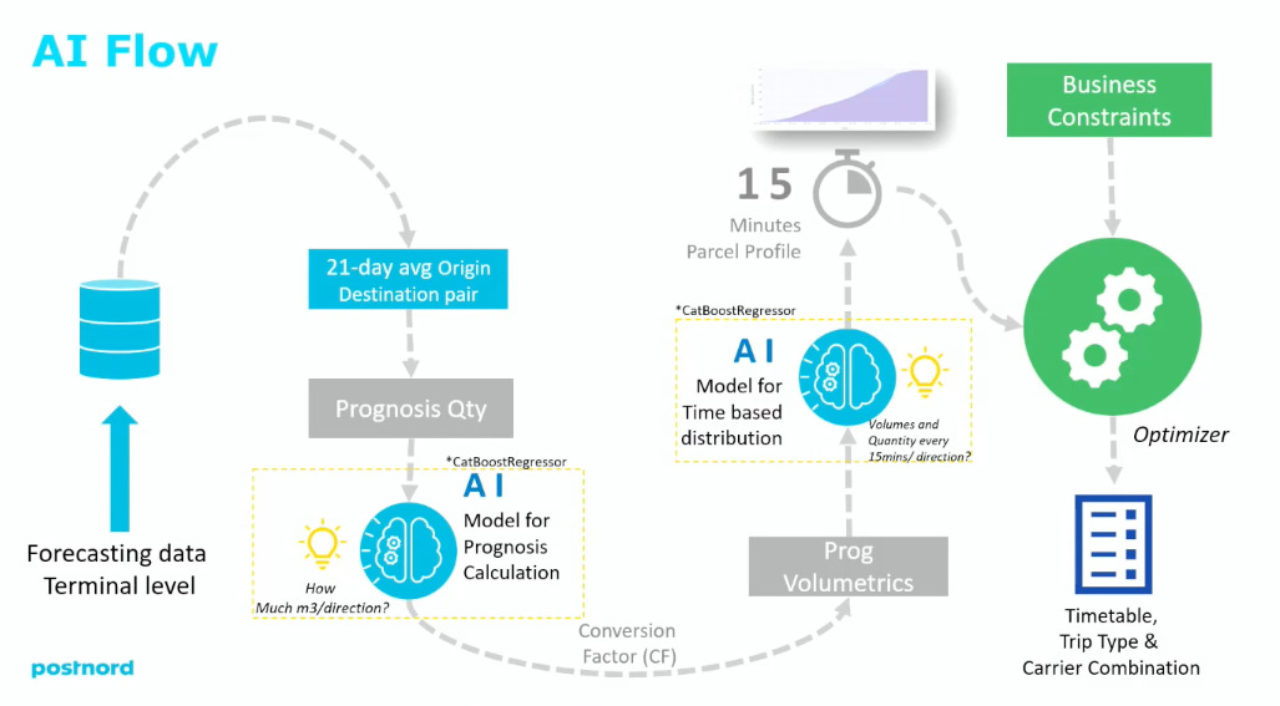By BEUMER Group
We talked with PostNord’s Christian Østergaard, Lead Visionary & Senior Group Strategist, about how it is using digitalisation to optimise its business, the results it has achieved so far and its next steps in digitalisation.
Unlocking the potential of data to empower all aspects of the business
Digitalisation is currently the single strongest influence on PostNord’s communication, e-commerce, and logistics business and the Nordic postal has been unlocking its true potential to drive strategic decisions.
In particular, says Østergaard, PostNord has been actively using AI:
“We’ve been using AI to optimise our processes, to build digital twins of both our sortation systems and line haul transportation and to create computer visions of fill rates, parcel types, volumetric detections, security analyses and productivity tracking.”
According to Østergaard, PostNord is also developing forecasting tools to detect whether customers will be home and to predict parcel volumes and ETDs, as well as NPL tools for detecting addresses and special labels, voice picking and virtual chat agents.
But PostNord’s push to digitise wasn’t always the case. Says Østergaard:
“Before our digitalisation programme, we operated as many CEP companies continue to do – with forecasting and planning contained within siloes, on spreadsheets and without automatic data entry or analysis. This meant multiple iterations, a ton of data at risk of being manually mishandled and a lack of cohesion between our sections.”
Connecting the dots: Integrating data is key
PostNord’s ambition, therefore, has been to connect all its data (collected from vehicle GPS tracking, dongles, sortation equipment and other data points) into one system to which it could apply intelligence to predict metrics, such as parcel volumes and arrival profiles. As Østergaard explains:
“The idea is to build one platform or ecosystem that everybody can use to visualise KPIs, to create fact-based operations and to analyse and predict important criteria.”
In order to get an idea of how this could look in reality, says Østergaard, PostNord has built digital twins – or virtual 3D replicas – of one their parcel sorting terminals,with a second one coming up in 2022, and long haul transportation to test how it can minimise wasted capacity and optimise equipment and processes. He says:
“Digital twins are necessary because things have become so complicated that we need to be using mathematics to run them instead of human brains.”
PostNord has taken years of data and mapped them to figure out how to predict parcel volume for optimal planning.







